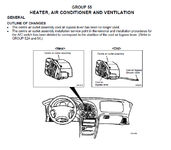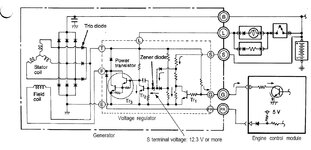bettfootball
10+ Year Contributor
- 630
- 908
- Mar 7, 2010
-
Edina,
Minnesota
Hey guys.
I've been battling alternator problems for almost 10 years on my 99.
My problem I believe boils down to my inability to read wiring diagrams, or not having the correct ones maybe.
Basically, my alternators never charge until I rev the engine up to 3000rpm or so.
Leading me to believe this is a "trigger wire" that I have came across multiple threads on this site.
On my alternator harness, the blue wire is disconnected, and I have zero clue where this goes.
If anyone is good with wiring diagrams and can point me in the direction it would be GREATLY appreciated, I'm stumped.
I've had a dozen or so alternators in this thing, and I currently have an OEM alternator in it with the same problem.
Thanks for any help guys.
-Brady
I've been battling alternator problems for almost 10 years on my 99.
My problem I believe boils down to my inability to read wiring diagrams, or not having the correct ones maybe.
Basically, my alternators never charge until I rev the engine up to 3000rpm or so.
Leading me to believe this is a "trigger wire" that I have came across multiple threads on this site.
On my alternator harness, the blue wire is disconnected, and I have zero clue where this goes.
If anyone is good with wiring diagrams and can point me in the direction it would be GREATLY appreciated, I'm stumped.
I've had a dozen or so alternators in this thing, and I currently have an OEM alternator in it with the same problem.
Thanks for any help guys.
-Brady




















